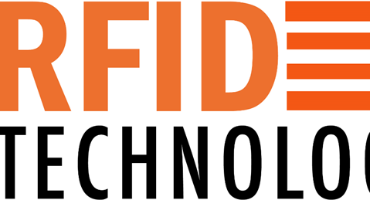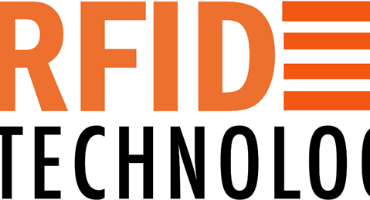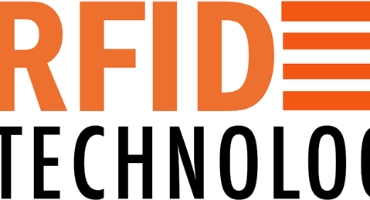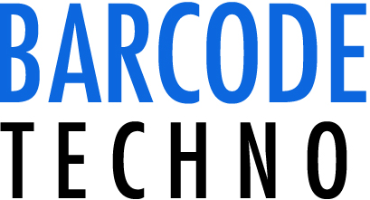UHF RFID (Ultra High Frequency Radio-Frequency Identification) technology has seen significant advancements in recent years, and it has greatly benefited the retail industry in terms of stock control and management as RFID technologies provide retailers with the tools they need to remain competitive in an ever-changing marketplace, ensuring that they can meet customer demands while maintaining profitability.
One of the primary benefits of UHF RFID technology is that it allows for accurate and efficient inventory management. By attaching RFID tags to individual items, retailers can easily track their inventory in real-time, without the need for manual counting or barcode scanning. This can significantly reduce the time and resources required for stocktaking and improve the accuracy of inventory records.
UHF RFID technology can also help retailers to reduce losses due to back door pilferage. By tracking items as they move through the supply chain and into the store, retailers can identify any discrepancies between what was shipped and what was received, making it easier to identify and investigate any potential cases of theft or fraud.
Another key benefit of UHF RFID technology is that it can help to improve operational efficiency and reduce costs. By automating many of the manual processes involved in stock control and management, retailers can free up staff time for other tasks, and reduce the risk of human error. Additionally, RFID technology can help retailers to optimize their inventory levels, ensuring that they always have the right products in stock at the right time, which can help to reduce inventory holding costs and improve profitability.
UHF RFID technology has the potential to greatly benefit the retail industry, improving stock control and management, reducing losses due to theft or fraud, and improving operational efficiency and profitability.
UHF RFID technology in the retail industry with real time stock visibility using robot doing stock taking at night going up and down the shopping aisles.
UHF RFID technology has indeed revolutionized the retail industry, and its applications extend beyond just accurate inventory management. With the integration of robotic technology, retailers can further enhance their stock control and management processes by introducing real-time stock visibility.
One such application is the use of robots equipped with RFID readers to perform stock taking at night when the store is closed. These robots can navigate the store aisles autonomously, scanning RFID tags attached to each product and relaying the information back to a central database in real-time. This allows retailers to have an up-to-date and accurate view of their stock levels at any given time, without the need for manual counting or barcode scanning.
Real-time stock visibility enables retailers to identify and address any stock shortages or overstocks immediately. This ensures that the store always has the right products in stock, reducing the risk of lost sales due to out-of-stock items or overstocked items going to waste. Additionally, retailers can optimize their inventory levels, reducing the amount of working capital tied up in inventory and increasing profitability.
The use of robots for stock taking can improve operational efficiency and reduce costs. By automating the stock-taking process, retailers can free up staff time for other tasks, and reduce the need for manual labour. This can help to reduce labour costs and improve overall productivity.
The combination of UHF RFID technology and robotic automation offers significant benefits to the retail industry, including real-time stock visibility, accurate inventory management, and improved operational efficiency. These technologies provide retailers with the tools they need to remain competitive in an ever-changing marketplace, ensuring that they can meet customer demands while maintaining profitability.
-
Contact us for volume discounts
sales@barcode-uk.com
- Brands / Manufacturers
- BarcodePrinters
- Barcode Industrial Label Printers
- Barcode Colour Label Printers
- Barcode Desktop Label Printers
- Mobile Barcode Label Printers
- HealthCare Barcode Label Printers
- Kiosk Barcode Printers
- Barcode OEM print Engines
- Barcode Labels
- Barcode Ribbons
- Barcode Labelling Software
- Barcode Printer Accessories
- Barcode Printer Service Contracts
- BarcodeScanners
- MobileComputers
- EPoSProducts
- ID-CardProducts
- RFIDProducts
- WirelessNetworking
- OtherProducts
- SoftwareSolutions





